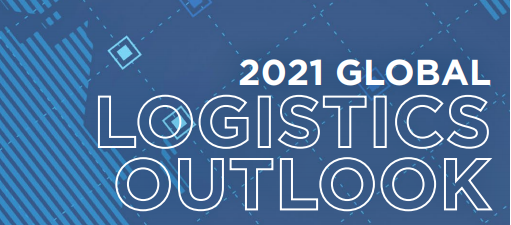By Cushman & Wakefield
Cushman & Wakefield has released its 2021 Global Logistics Outlook. The report analyzes key drivers affecting growth, global leasing dynamics and provides an outlook for the sector.
North America
The North American industrial market experienced growth despite the COVID-19 pandemic wreaking havoc across the globe, as well as more local disruptions including hurricanes and wildfires. It has proven once again to be one of the most resilient asset types. Although North American new supply outpaced demand for the second year in a row, with 378MSF of completions, demand came in at 287MSF, surpassing 200MSF for the seventh consecutive year.
EMEA
Based on year-end data, vacancy continues to trend downward in most of Europe’s key logistics hubs. Vacancy of approximately 4 percent in Dutch and UK markets and vacancy hovering around 2 percent in Rotterdam, Lyon, Prague and Budapest, points to a severe lack of stock that, so far, a rise in speculative construction has been unable to alleviate. Furthermore, increased demand from e-retailers and 3PLs, as they expand their logistics footprint, has offset any vacancies created through tenant bankruptcies during 2020.
APAC
In broad terms, the regional industrial market remains resilient. Out of the 34 key markets covered within Asia Pacific, 15 are considered landlord-favorable with six being tenant favorable and the remaining 13 in neutral territory. The status quo has largely been maintained year-to-date, with only Singapore showing any significant change to becoming more tenant friendly, though this is restricted to certain parts of the industrial market. This is in stark contrast to the office sector within the region, which has seen a much more definitive shift toward more tenant-friendly conditions.
Conclusions
“The global logistics sector not only showed resilience during the strict first half lockdowns but went on to benefit from consumer and business reactions to the pandemic during second half. Broadening e-commerce, both geographically and by product range, will be a key driver of new space demand over the next decade,” said Cushman & Wakefield’s Jason Tolliver, Investor Lead, Logistics & Industrial Services, Americas. “In a post-COVID-19 world, there will be greater focus on using real estate to leverage cost across the whole supply chain, better positioning businesses as they navigate a B2C business model, reshoring, inventory management, labor issues, transportation and ESG. Together, these factors will govern location strategy.” (Source)

